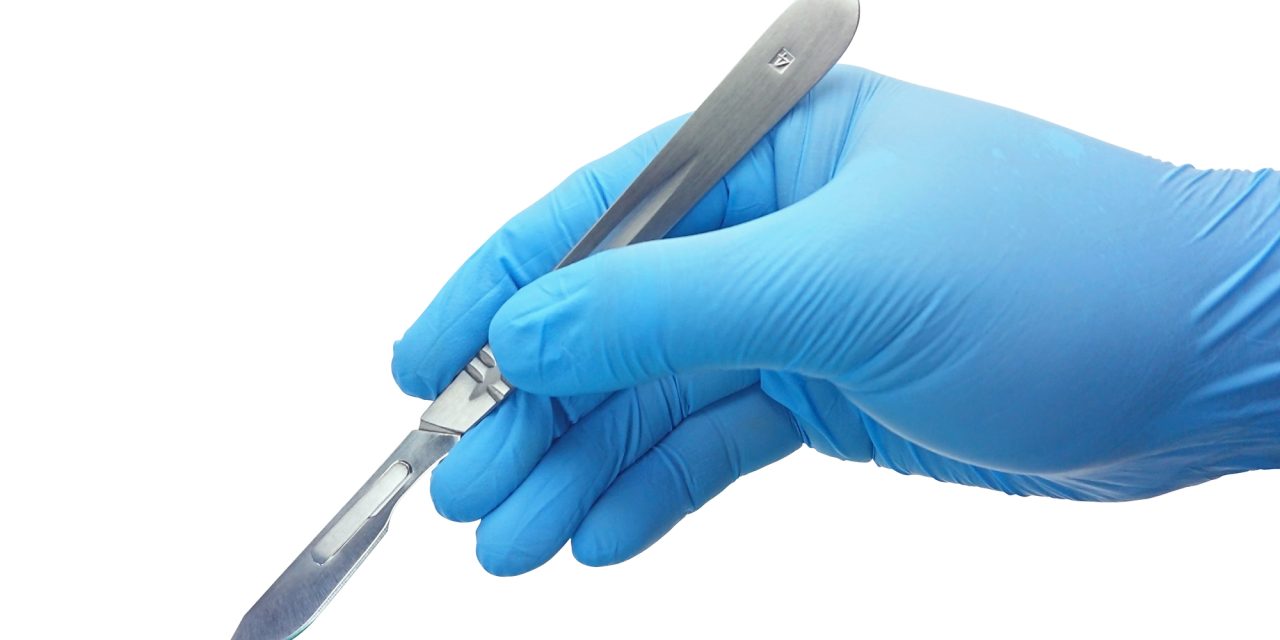There is a lack of large-scale data that examine complications in plastic surgery. A description of baseline rates and patient outcomes allows better understanding of ways to improve patient care and cost-savings for health systems. Herein, we determine the most frequent complications in plastic surgery, identify procedures with high complication rates, and examine predictive risk factors.
A retrospective analysis of the 2012 to 2016 American College of Surgeons National Surgical Quality Improvement Program plastic surgery data set was conducted. Complication rates were calculated for the entire cohort and each procedure therein. Microsurgical procedures were analyzed as a subgroup, where multivariate logistic regression models determined the risk factors for surgical site infection (SSI) and related reoperation.
We identified 108 303 patients undergoing a plastic surgery procedure of which 6 264 (5.78%) experienced ≥1 complication. The outcome with the highest incidence was related reoperation (3.31%), followed by SSI (3.11%). Microsurgical cases comprised 6 148 (5.68%) of all cases, and 1211 (19.33%) experienced ≥1 complication. Similar to the entire cohort, the related reoperation (12.83%) and SSI (5.66%) were common complications. Increased operative time was a common independent risk factor predictive of a related reoperation or development of an SSI ( < 001). Of all microsurgeries, 23.3% had an operative time larger than 10 hours which lead to faster increase in reoperation likelihood.
The complication rate in plastic surgery remains relatively low but is significantly increased for microsurgery. Increased operative time is a common risk factor. Two-team approaches and staged operations could be explored, as a large portion of microsurgeries are vulnerable to increased complications.
© 2019 The Author(s).
High-Risk Plastic Surgery: An Analysis of 108,303 Cases From the American College of Surgeons National Surgical Quality Improvement Program (ACS NSQIP).


